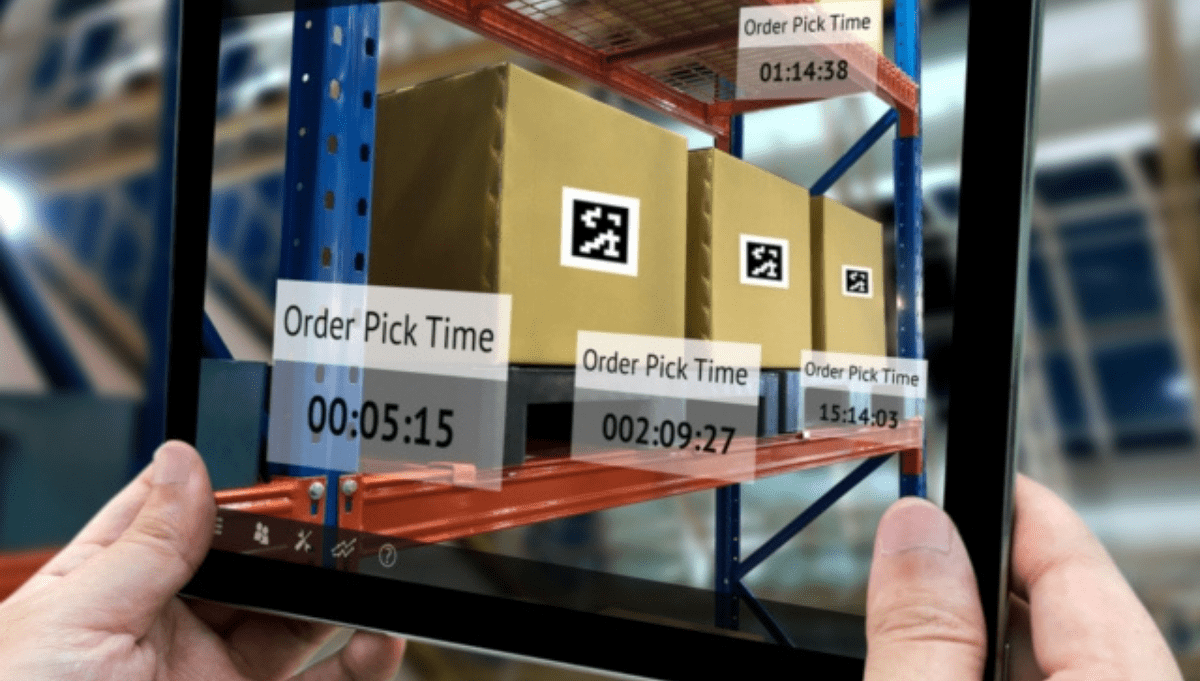
If 2020 has taught us anything, it’s that nothing is out of the realm of possibility as far as the future goes. As a result of the pandemic, eCommerce has been hurled 5 years ahead of its time, forcing bricks and mortar-only retailers to bite the bullet and put digital transformation at the top of their agenda.
>Share this post<
by Michelle McSweeney
November 24, 2020
If 2020 has taught us anything, it’s that nothing is out of the realm of possibility as far as the future goes. As a result of the pandemic, eCommerce has been hurled 5 years ahead of its time, forcing bricks and mortar-only retailers to bite the bullet and put digital transformation at the top of their agenda. Additionally, online retailers have had to respond to the immediate, and unprecedented changes to consumer behaviour at the hands of COVID-19. Needless to say, 2020 has been a year like no other.
That being said, next year is sure to see some emerging eCommerce trends that will undoubtedly be centred around preparing for the unpredictable.
Here are some of the key predictions that we can see happening in the world of eCommerce and retail in 2021.
That being said, next year is sure to see some emerging eCommerce trends that will undoubtedly be centred around preparing for the unpredictable.
Here are some of the key predictions that we can see happening in the world of eCommerce and retail in 2021.
More brands will go Direct to Consumer (DTC)
More and more brands will experiment with Direct to Consumer eCommerce, as sales are expected to grow by 24.3% this year to $17.75billion. While third-party distributors (for example, supermarkets and multibrand outlets) are likely to always play a part in the consumer goods sales mix, there’s a lot to be said for brands owning everything from logistics to supply chain and everything in between. That, paired with the fact that a large majority of bricks and mortar stores have had to close this year, be it temporarily or permanently, makes DTC a very attractive option for brands.
Sustainability and belief-based buying will be top of consumers’ list of priorities
No huge surprises here. Sustainability has been at the forefront of retail in recent years, but with online being the main channel for sales in the wake of the pandemic, excess packaging, and the environmental impact of deliveries are going to be highlighted even more in 2021. Not only that, the lockdown has sparked a movement of belief-led buying among the masses – opting to buy and support local as much as possible. Now, more than ever, consumers are pledging to vote with their wallets – a trend we fully expect to stretch into 2021 (and beyond).Social commerce will continue to grow (but will it take over completely?)
Removing friction from the online shopping experience has long been a topic for businesses to consider, with the primary focus being on the checkout UX, but more recently on the browsing experience also. By 2021, the global social commerce market is predicted to grow by 34%, and more channels are hopping on board the eCommerce train – most recently with WhatsApp adding a shopping button to business chats.
But while social channels are a no brainer for playing a key part in retailers’ omnichannel strategies, the likelihood of social commerce replacing websites entirely is highly unlikely. Retailers want to be able to maintain control over their CX, which is a key differentiator for eCommerce right now – and they will be very limited in what they can then do to set the customer journeys apart if all businesses solely rely on social channels to sell.
More retailers will invest in augmented reality
What could arguably have been considered a ‘nice to have’ feature on retailers’ online stores until now, augmented reality is fast becoming a ‘must-have’ in the wake of the pandemic. The try in-store, buy-online tactic hasn’t been available to consumers for much of 2020, meaning that the digital doors must now open for products that have traditionally been deemed ‘something you couldn’t buy before you see it in person’. Not to mention the fact that 60% of online shoppers prefer to make purchases through sites that have integrated AR.Augmented reality is the virtual answer to try before you buy, and will be key to supporting buying decisions, so expect to see more and more brands integrating it into their eCommerce strategy in 2021; virtual changing rooms for fashion brands, try-on apps for cosmetics, and 3D placement for furniture and interior design will become even more prevalent.
Content will HAVE to play a greater role in eCommerce
Competition has always been stiff in the online retail space, and it’s only going to intensify as retailers put digital to the forefront of their strategies. So how can merchants stand out? Well, the expression ‘content is king’ has been doing the rounds for years, but 2021 is the year that retailers who marry eCommerce and content to enrich the customer journey will really get ahead.Similar to the rise of augmented reality, we envision more brands weaving content into their online stores as a means to showcase their brand values, as well as replicate the in-store experience. Expect to see more product ‘how-to’ videos, as well as storytelling through blog posts, videos, and podcasts. We also expect to see more website pages dedicated to brands’ sustainability pledges, as well as deliveries, returns, meet the team, and more.
An omnichannel strategy will no longer be optional
Implementing click and collect has probably been the quickest measure used by retailers to deal with the pandemic. In 2018, an average of 52% of online stores had omnichannel capabilities. 2021 is likely to see that trend not only continued but broadened into full omnichannel strategies by businesses of all sizes. This means synchronisation of stock, real-time inventory updates, online and offline loyalty point collection AND redemption, unified customer service channels – the list goes on.What do you predict for eCommerce in 2021 – will retail stores open again and resume to business as usual? Will more brands ditch bricks and mortar entirely and move online? Have your say – reach out to us on any of our social media channels, or leave a comment below – we’d love to hear your thoughts!
More to explore
Here’s an overview of the latest improvements that are now available in the Kooomo platform.
In the next few years, we are foreseeing an impressive increase for the global retail industry. While this can be beneficial for the global eCommerce industry, it also means that there will be more competition, as well.

 en
en 

